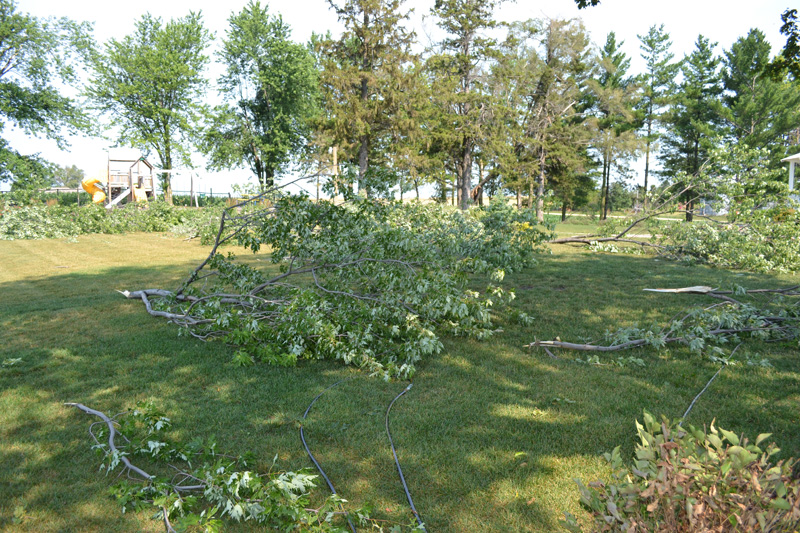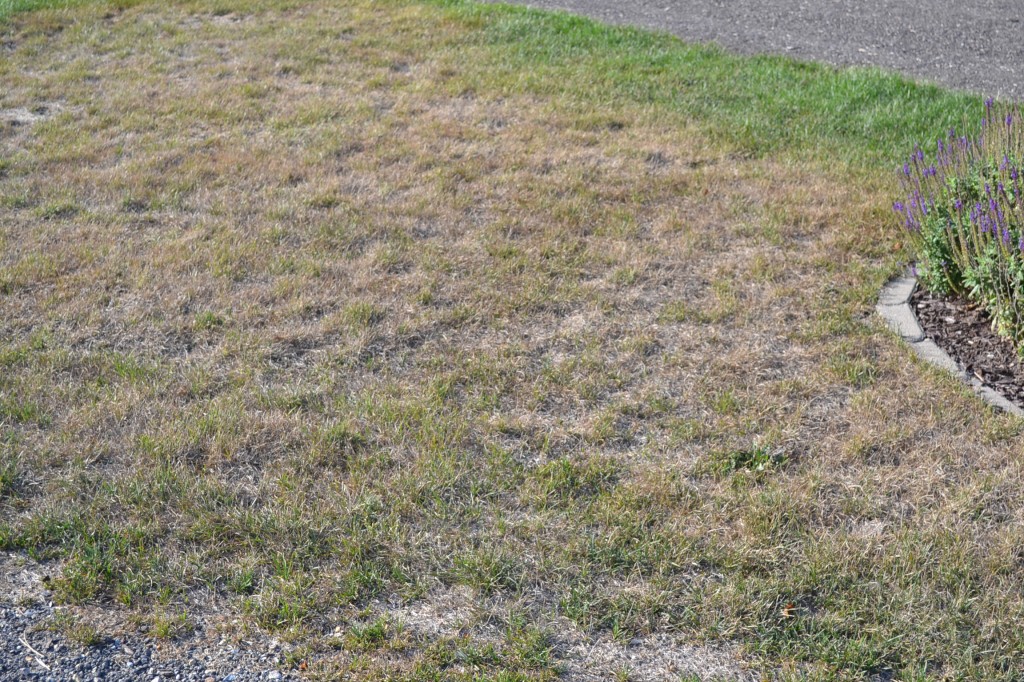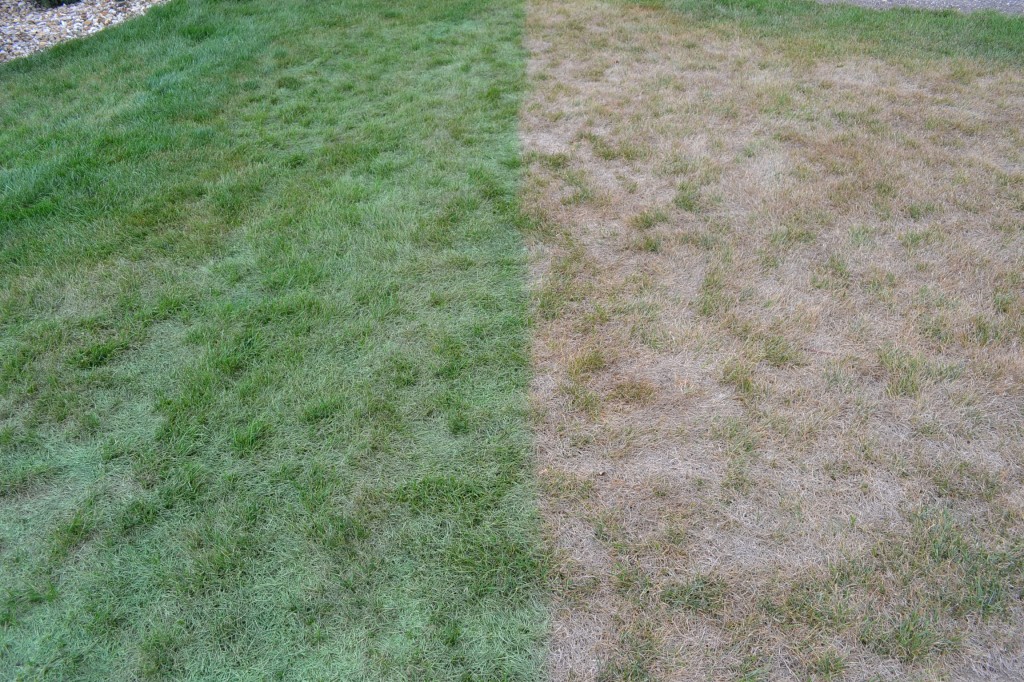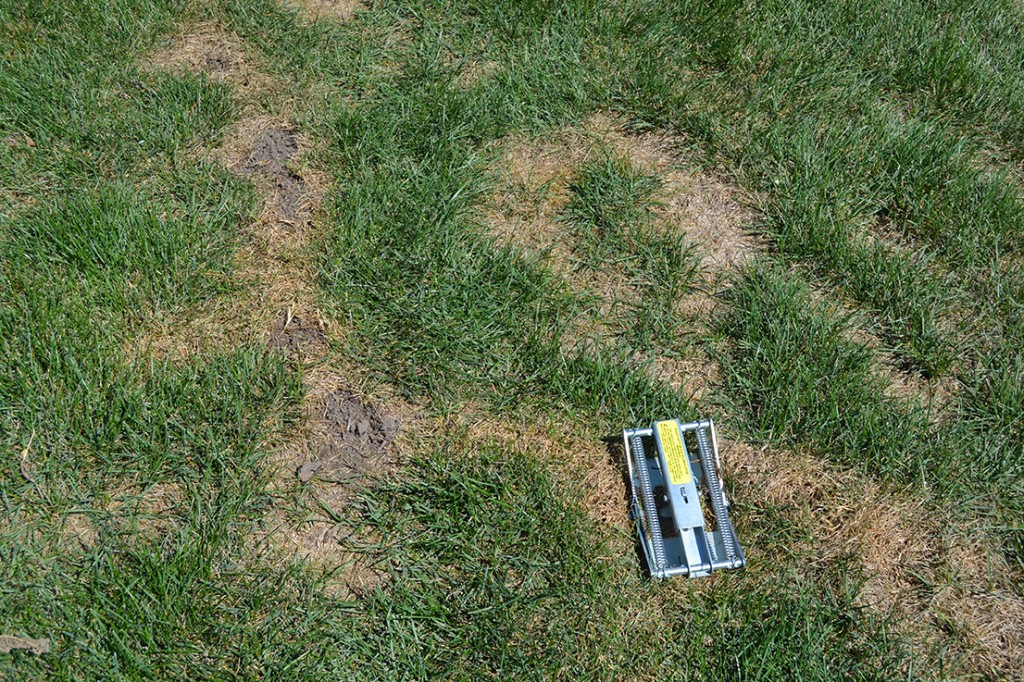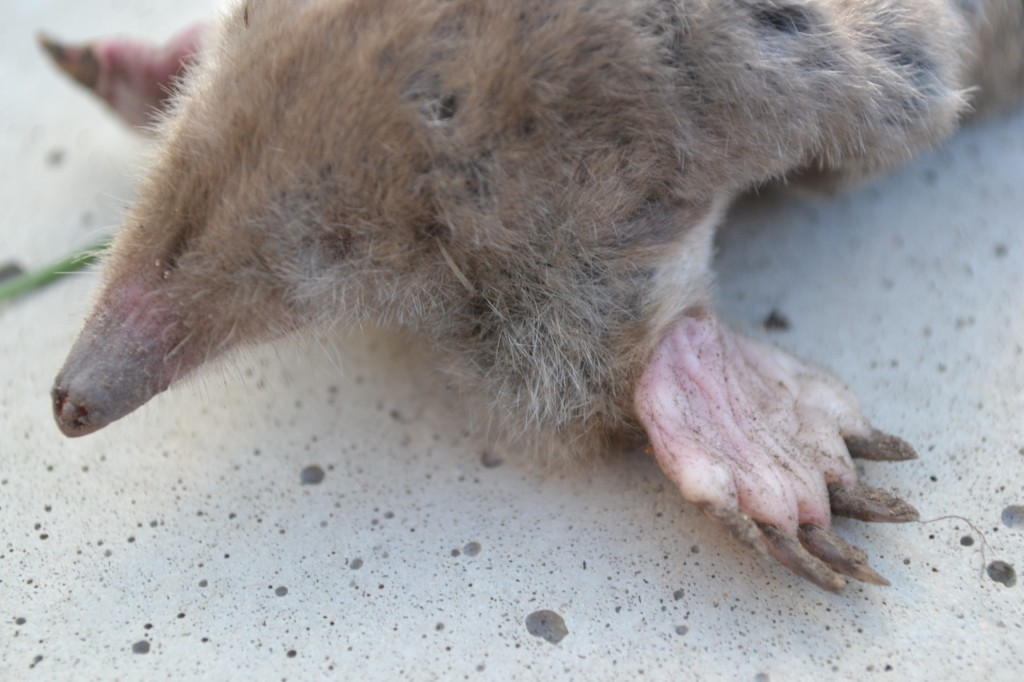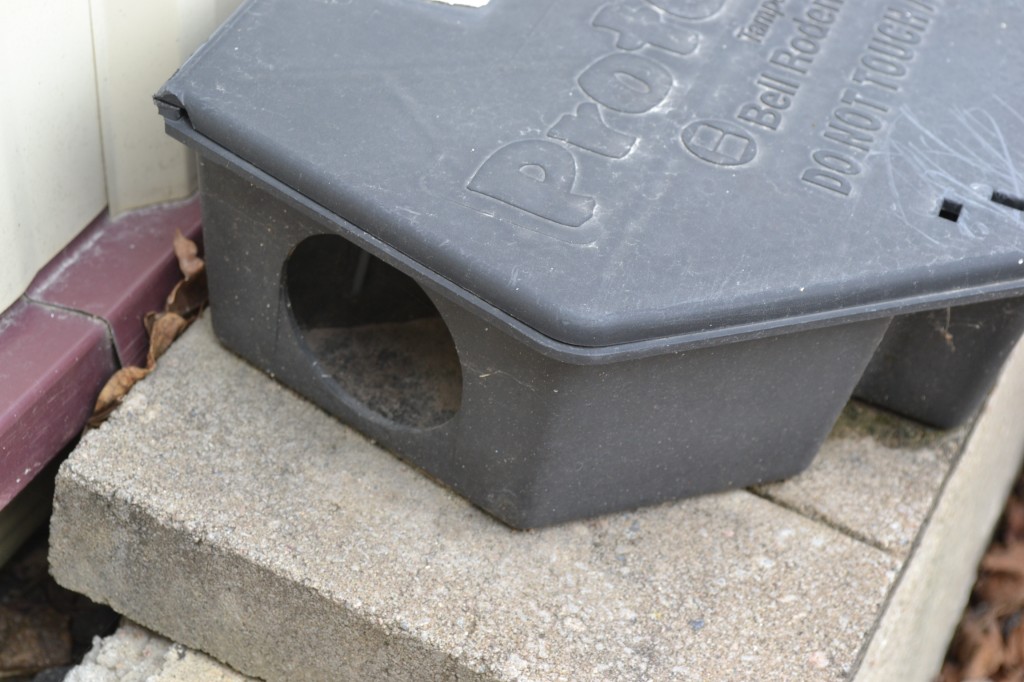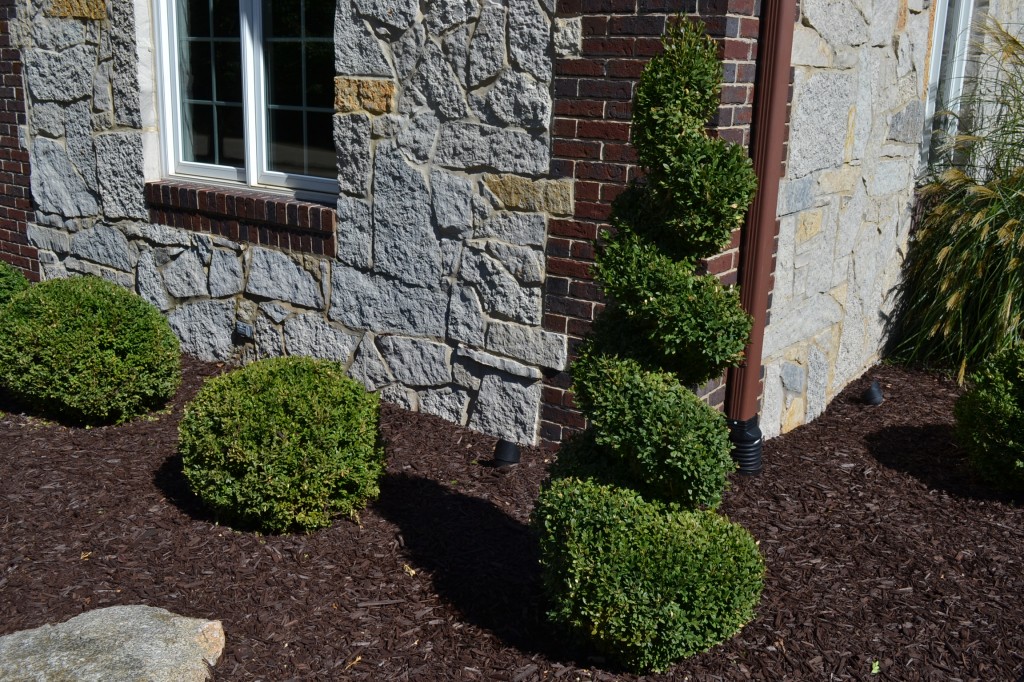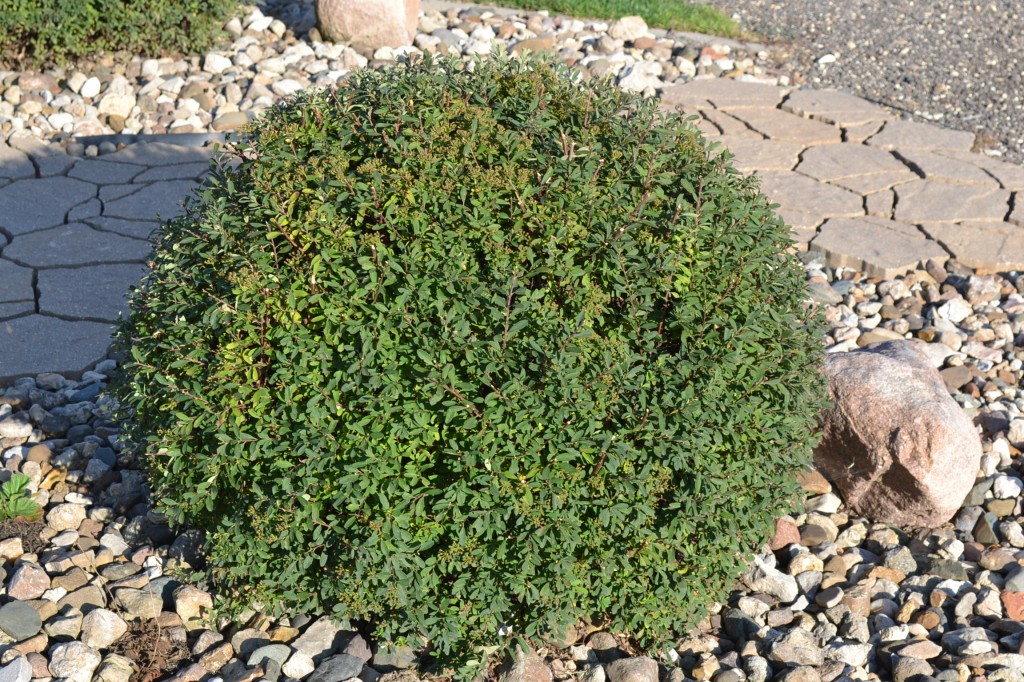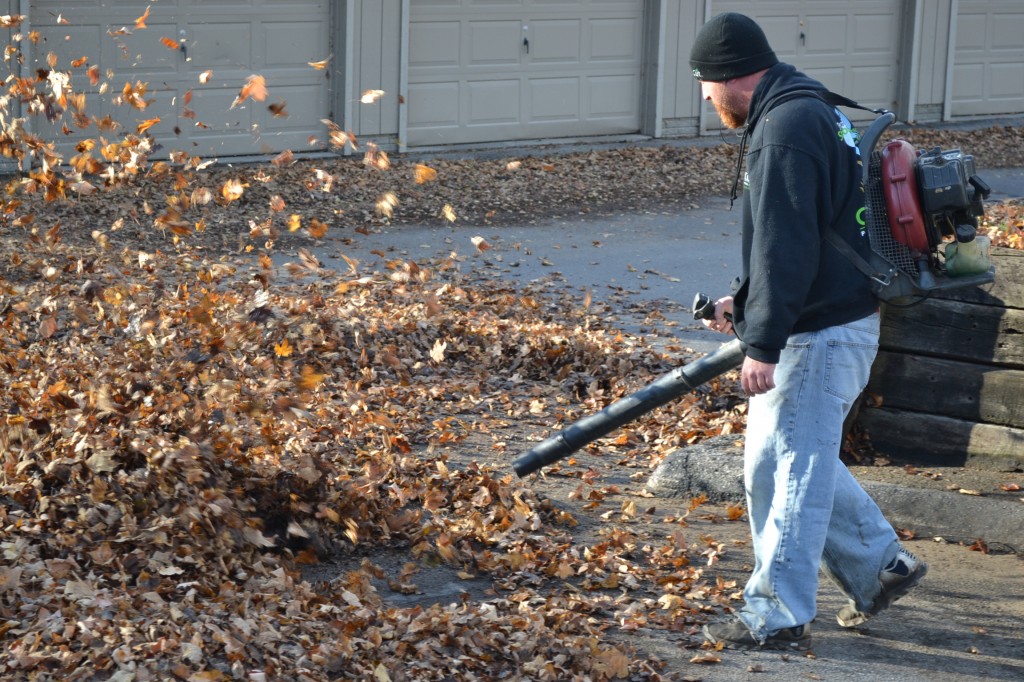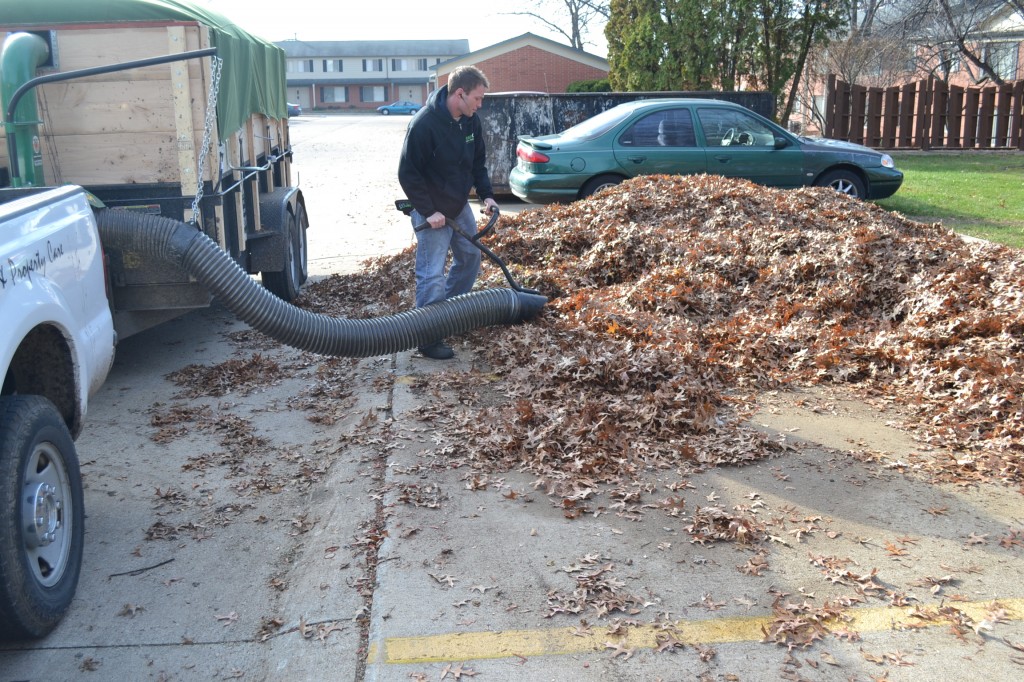Grounds maintenance is a great way to protect your property investment. The quality of your lawn and landscape increases the eye appeal of your property and your property value as well. Below are a few tips that can help you protect your investment.
DEBRIS REMOVAL
Debris removal is pretty straightforward. The longer that you leave debris on your lawn or landscape after a storm, the better chance you have of increasing damage to your property. Storm debris left on grass for an extended period can cause the grass to yellow or die out. If this happens, your lawn will look patchy after the debris is removed. Not only will the bare areas become an eyesore, but they will also encourage weed development in your property.
Removing dead or damaged branching from shrubs and trees is extremely important. The longer that the damaged foliage remains, the higher increase you have of the plant dying. Anytime there is damage to a plant in your landscape; it is essential to remove the damaged area as soon as possible. The quicker you remove the damaged area, the sooner the plant can recover. Having large exposed damage allows invaders a path to access your plant. Insects can feed on these areas and create more havoc.
IRRIGATION MAINTENANCE
Having an irrigation system is a great way to promote uniform watering. At some point in the growing season, it will be necessary to supplement water for your lawn or landscape. Adequate watering can be done through the use of an irrigation system if the system is programmed and functions correctly. Too much water is not a good thing. If your grass or plant receives too much water on a regular basis, it can cause root rot. Excessive water can also encourage fungus development.
It is essential to make sure that your irrigation system has head to head coverage. Head to head coverage means that your entire lawn is getting the right coverage and no areas are missed. It may also be necessary to adjust your irrigation heads so that they are not watering undesired areas such as hard surfaces. A good irrigation company will check the head coverage of each zone when the system is started up in the spring.
LAWN PAINTING
Lawn Before
Lawn After
Side by Side Comparison
Lawn painting is a great way to give your lawn a naturally brilliant green tone without all of the work. Lawn painting is a property owner’s alternative to drought conditions without the watering bills. Lawn paint is an organic dye that has been used on golf courses and professional athletic fields for years. One application of the natural dye usually lasts up to three weeks depending on the environmental conditions. If you want your home or business to look like it does in the spring all year round, then lawn painting is for you.
If your property has small damaged areas or dog urine spots, then you should consider using this product. Realtors looking for a quick, inexpensive fix can utilize lawn dye products to their advantage as well. Lawn paint does a great job of blending dead or patchy grass with live grass. The dye soaks into the thatch or dead grass crowns. There must be an organic material for the product to work correctly. The dye will not cover dirt. Having used the product before on numerous application, we would highly recommend it.
MOLES
Moles can cause extensive damage to your lawn by digging tunnels across your property. It is hard to believe, but just one mole can produce all of the damage in your yard. Unchecked, your lawn can be destroyed in a matter of a few days. We recommend several options to eliminate moles in your yard. The most effective way to rid your lawn of moles is to trap them. We recommend using a scissor trap. This trap is easy to install. All you have to do is place the trap in the run tunnel and step on it until the spring is stretched and locks into place.
Mole trap placement is essential. If you do not install your trap in the right tunnel, you will not trap the mole. The best way to find your main tunnel is to flag all of the runs in the lawn. After marking the tunnels, use a hand tamper or compact the ground with your feet to collapse the tunnels. Keep a close eye on the tunnels for action. If you see a mole run pop up again where you have just flagged, you know it is an active tunnel. Place your trap in this run. When placing your trap, do not re-compact the entire tunnel. We recommend compacting about a foot on each side of the trap. Place a 5-gallon bucket over your trap to make sure that light does not penetrate the tunnel.
Another option to rid your yard of moles is through baiting. The same process of locating the main tunnel should be applied to baiting as well. Once you locate the active tunnel, install a poison worm in the tunnel. We recommend using a product called Talpirid. The active ingredient in this product is Bromethalin. Talpirid contains a tray of 20 poison worms. You only need one worm on each tunnel to efficiently kill the mole. Unlike trapping where you physically know that you got your mole, baiting results can only be measured by a lack of mole activity.
PERIMETER PEST CONTROL
Perimeter pest control is a great way to protect your property against insects and rodents. Rodent invasions can be reduced through the use of perimeter bait stations. Bait stations are boxes with an entrance hole on one side and an exit hole on the other. In the center of the box is a small block of poison bait for the rodent to feed on. The boxes are placed around the foundation of the building. The concept behind the bait box is that the rodent runs along the foundation. When they reach the box, they enter the hole. In the box, the rodent feeds on the poison bait and exits. Before the rodent enters the structure, it dies.
Another vital part of perimeter pest control is eliminating access points to your property. Small rodents can enter even the smallest of holes. The best product to fill the gaps is a mortar based product. A second option would be to use metal shredding. This product looks like coarse steel wool but is designed to fill rodent entrance points. Rodents do not chew on the product and will move on once they encounter it.
Insect control is similar to rodent control in the fact that you have to treat the perimeter of the property. To kill a broad spectrum of insects, we recommend using an insecticide such as the product SEVEN. Insect control products should be applied several feet out from the foundation and several feet up. This way you are building a strong coverage zone in areas that are the most susceptible to infestation. As always, read the product label for proper application rates and techniques.
POWER EDGING
Power edging is the formal removal of overgrown grass on hard surface areas. Power edging will give your sidewalks and drives a clean and uniform edge. Having sharp sides next to your hard surfaces will eliminate the collection of grass clipping build up. Power edging also makes it easier to perform snow removal in the winter because your shovel or snow blower is not getting caught on the edges of your hard surfaces. If you are looking for a way to help redefine your hard surface areas, consider power edging.
POWER WASHING
Power washing is a great way to remove grease, grime, and mildew from your property. Power washing is an inexpensive way to freshen up your exterior property. Most power washers can be purchased for under $500. You can also rent power washers for under $200 a day. When power washing delicate surfaces such as wood or vinyl, make sure that your tips are appropriate for the setting. Using the wrong tips can cause damage to the surfaces that you are trying to clean. Wider fan tips will also allow for a quicker and more uniform washing.
PRUNING
Overgrown shrubs and trees can cover the beauty of your home or business. Overgrown plant material can damage siding, shingles and other parts of your property. It is essential to install plant material in locations that will not negatively impact your property. If you are the unlucky benefactor of improper landscape installation, don’t worry there is still help for your property. Start by identifying all of the plant material on your property.
Once you have identified the plant material, you need to determine when the best time to prune is. Generally speaking, early bloomers should be pruned immediately following the last blooms, before new buds are present. Do not prune these plants before they bloom in the spring or while they are flowering as this may cut down on the quality and amount of blooms that the plant yields. Summer bloomers should be trimmed following the last blooms before new buds are present. Evergreens should be pruned after the new spring growth. Depending on the hedge variety, most hedges should receive at least one strong spring pruning and then periodic pruning throughout the growing season. Proper shrub pruning can also stimulate new growth in your plants.
Winter Pruning
Winter shrub trimming should be performed on most types of plant material. One of the main reasons why winter shrub trimming works so well is because the primary structure of the plant is exposed. Pruning overgrown or older shrubs works best in the winter. If you are performing a drastic pruning, winter is the best time to do this. Severe pruning includes any pruning that removes over 1/3 of the plant’s growth at one time. The plant will have a better chance of survival if the pruning is done in the winter. Doing this type of pruning in the summer will increase the chances for failure. The increased heat stress and potentially lower moisture available will also stress the plant.
Deciduous shrubs drop their foliage in the fall, leaving an exposed plant. Having the plant exposed during winter shrub trimming will allow you to see the shape of the plant better, determine what parts of the plant require trimming and identify any damaged part of the plant. You may be able to see cross branches that are rubbing on each other. The rubbing will lead to a removal of bark and expose the plant to infection or disease. Being able to see and adequately shape your plant can help restore a lost form or train a new shrub in the correct growing habits. Another reason why winter shrub trimming is beneficial is that the plant is dormant. Having a dormant plant will reduce the stress placed on a plant during pruning. The plant will not be actively growing, and it will not be using its energy to produce foliage.
Proper Pruning
Proper shrub pruning not only beautifies your plants, but it can improve their health. Simple techniques can dramatically improve the curb appeal of your property. The first thing that people notice when they go to your house or business is the exterior appearance. From a manicured lawn to the uniformity of the landscape plant material, anything that you can do to improve the curb appeal of your property will make it more inviting to guests. Most property owners do not understand the importance of proper shrub pruning on an annual basis. Taking the time at least once a year to inspect your plant material will save you money in the long run. Proper shrub pruning includes cutting out all dead or damaged branches. Adequate shrub pruning should also take into consideration how much plant material to remove at one given time.
Shrub pruning categories:
Early Bloomers- Plants that bloom before mid-May.
Summer Bloomers- Plants that bloom after mid-May.
Evergreens- Plants that have needles.
Hedges- Rows of like plant material that grow into each other to form one plant.
SPRING & FALL LEAF CLEAN-UPS
Spring clean-ups are a great way to spruce up your property and get your lawn prepared for the upcoming year. The best time to clean up leaf debris is in the fall so that the leaves do not sit and compact all winter. Most deciduous trees drop their leaves before November. Oak trees will gradually lose their leaves over the winter. Any leaves that can be removed from the lawn and landscape before winter will benefit your property. Leaves left on the grass may cause it to yellow and die out. Leaves left in landscape beds will get stuck in bushes and may need to be removed by hand.
The job of removing leaves can be simple if you have the right process to tackle the project. Cut back any perennials or dead plants before attempting a cleanup. Doing this will reduce the number of objects that your leaves can get stuck on. Cutting back plants will make your landscape bed clean and prepare it for spring. With any cleanup job, it is essential that you work with the wind. Wind can be your enemy or your friend. When you are cleaning up leaves, make sure to blow them the same direction as the wind.
Most clean-ups should begin by blowing out landscape beds with a hand blower or backpack blower. To get leaves trapped in shrubs, quickly move your blower side to side at the base of the plant. Keep your wind line aimed at the bottom of the plant. Use the wind from your blower to lift the leaves off of the ground. When you have them freed from the ground or suspended in the air, blow them away from the plant. If you continue this process several times, you will get rid of most of the leaves without having to remove the leaves by hand.
Once the leaves are out of your landscape bed and into the yard, rake them into a pile or bag them with a mower. If your project has a large number of leaves, it may be necessary to suck them up with a leaf vac. A leaf vac is usually mounted to a trailer or truck and can significantly reduce the labor involved with the cleanup. Many professional lawn maintenance companies and municipalities offer leaf vac services.
WEEDING LANDSCAPE BEDS
Weeds can quickly take over your landscape beds and parking lot areas if left unattended. Pre-emergent products are sufficient for most weeds. Some of the products that we recommend for pre-emergent weed control in landscape beds are Surflan and Snapshot. Surflan is a liquid product it orange in color and can be applied right next to plants. Snapshot is a granular pre-emergent product that should be used before mulch installation.
Post-emergent weed control consists of a Glyphosate product or manual removal of weeds. If you are maintaining your landscape beds on a regular basis, minimal hand pulling and herbicide is necessary. If you let your landscape go, it may take quite a bit of work to get it back into shape. We recommend manual removal of weeds before any herbicide application. If you spray large weeds with a herbicide product, you will still have a dead weed in your landscape. Pulling weeds by hand will remove the undesirable invader and make it easier to spray a Glyphosate product. Weeding beds first will drastically reduce the amount of chemical needed to control the remaining weeds.
When spraying weeds in your landscape, make sure that you do not spray non-target plants. Over-spray or leaching can damage surrounding plants. Plants that come into direct contact with a Glyphosate product will die. There is nothing that can be done to reverse the application.

